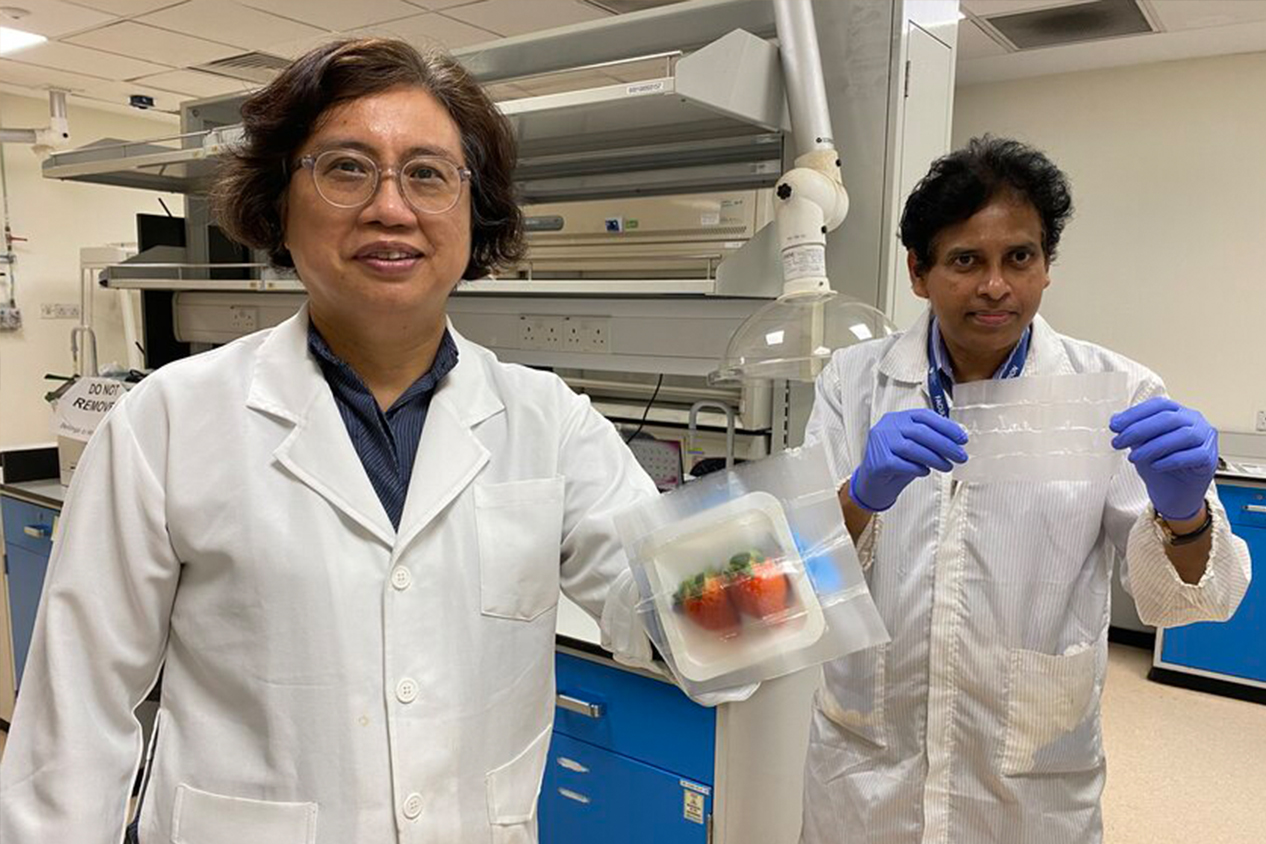The Growing Challenge of Wind Turbine Waste
The rising dependence on wind energy has led to more wind turbines being put into service. However, as these turbines reach the end of their lifespan, they often end up in landfills, similar to other types of waste.
Moreover, it is projected that by 2050, the global waste generated from wind turbine blades could exceed 43 million tons. This forecast has raised significant environmental concerns because most wind turbine blades are made from non-recyclable materials.
A New Solution from NREL
To address these concerns, the National Renewable Energy Laboratory (NREL) has made a significant contribution to tackling the environmental challenges associated with wind turbine blade disposal. Specifically, their recent research has led to the development of a new resin made from bio-derived resources, which can be used to produce recyclable wind turbine blades.
Introducing PECAN: A Sustainable Alternative
This innovative resin, known as PECAN (PolyEster Covalently Adaptable Network), offers a sustainable solution for wind turbine disposal. The researchers created a 9-meter prototype blade from this biomass-derived resin, matching the performance of current thermoset resin blades.
Simplified Recycling Process
In contrast to traditional blades, which are mechanically recycled by shredding them to be used as concrete filler, the new resin allows for a more straightforward recycling process. In fact, in tests, the resin prototype was completely broken down in just six hours using a mild chemical process.
A Limitless Recycling Opportunity
According to Ryan Clarke, a postdoctoral researcher at NREL and the lead author of the new study, the chemical recycling process enables the continuous recovery and reuse of blade components, allowing the same product to be remanufactured repeatedly. “If done correctly, this approach is essentially limitless.”







